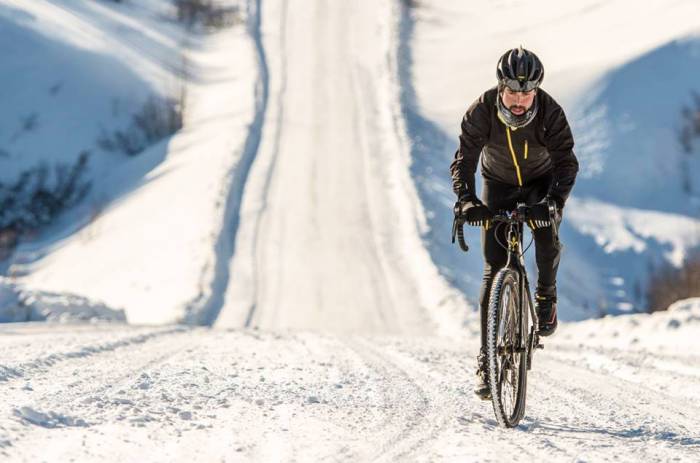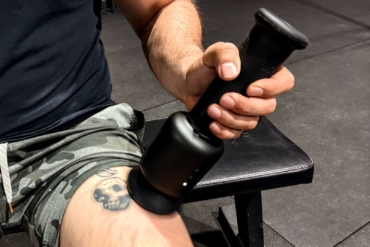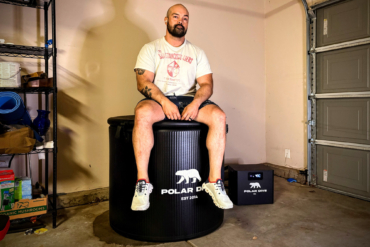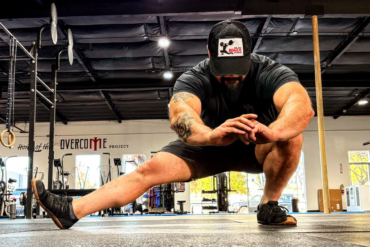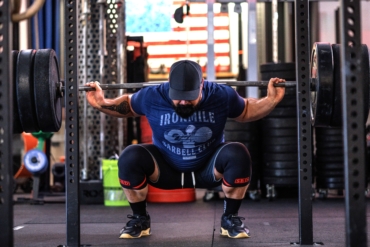Runners, cyclists, swimmers, gym rats, and more – Strava’s latest algorithm promises to go beyond pace and time to reveal which athletes are working the hardest.
Your workout regimen is more intense than Kilian Jornet’s. Don’t laugh: That might be true, and Strava wants to help you find out.
Launching today, the “Relative Effort” metric will show users across all disciplines how hard they’re working, regardless of fitness level. The feature provides an update on the brand’s popular Suffer Score.
“Instead of comparing speed or pace across people of a wide range of athletic ability and experience, you can see a more apples to apples comparison of which athlete gave more effort or had a more strenuous workout,” Strava said in a press release.
And according to the brand, it will not only reveal who’s working harder, it will also help coach users based on the intensity of their workouts. Thus, Strava is calling it “the ultimate activity metric.”
Many Strava Premium users will recognize the Relative Effort name as part of the activity details and “Fitness and Freshness” scores. But with the rollout, Strava is creating a more feature-rich standalone metric it expects to “better quantify Strava athletes’ efforts … to help guide their training.”
Strava Relative Effort
At rollout, Relative Effort will be a premium feature. Strava posted a lengthy description of how it calculates Relative Effort, and heart rate is at its core. Basically, it measures users’ time spent in a given heart rate zone. But it weights scores according to intensity rather than overall time.
The brand noted Relative Effort is “precise for rides and runs.” But its standout feature compared to Suffer Score is its ability to calculate effort across any Strava sport. For example, with Relative Effort, a swimmer and a runner could compare workouts to see who worked harder. They could compare heart rate, time, intensity, and whether the activity was weight-bearing.
Relative Effort will comprise a variety of data sets. But in its simplest form, it will provide a score. The metric’s other features provide more nuanced information and training tips:
- A weekly timeline that plots Relative Effort
- An “insight module” that offers insights into athletes’ data with a few short sentences that summarize their training
- A “breakdown module” that shows athletes their weekly numbers and where the majority of cardiovascular stress and benefit came from
- Insights into heart rate training, including exercise guidance to keep users from training too little or too much
We look forward to giving this feature a try on roads, trails, and water to see how it works.

